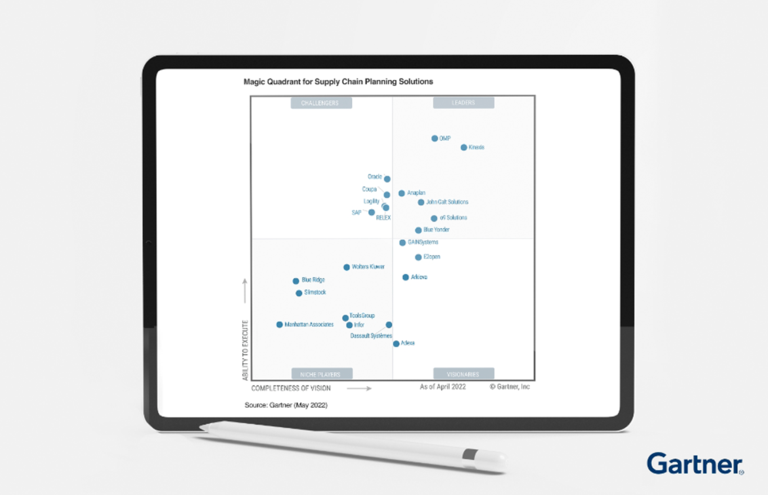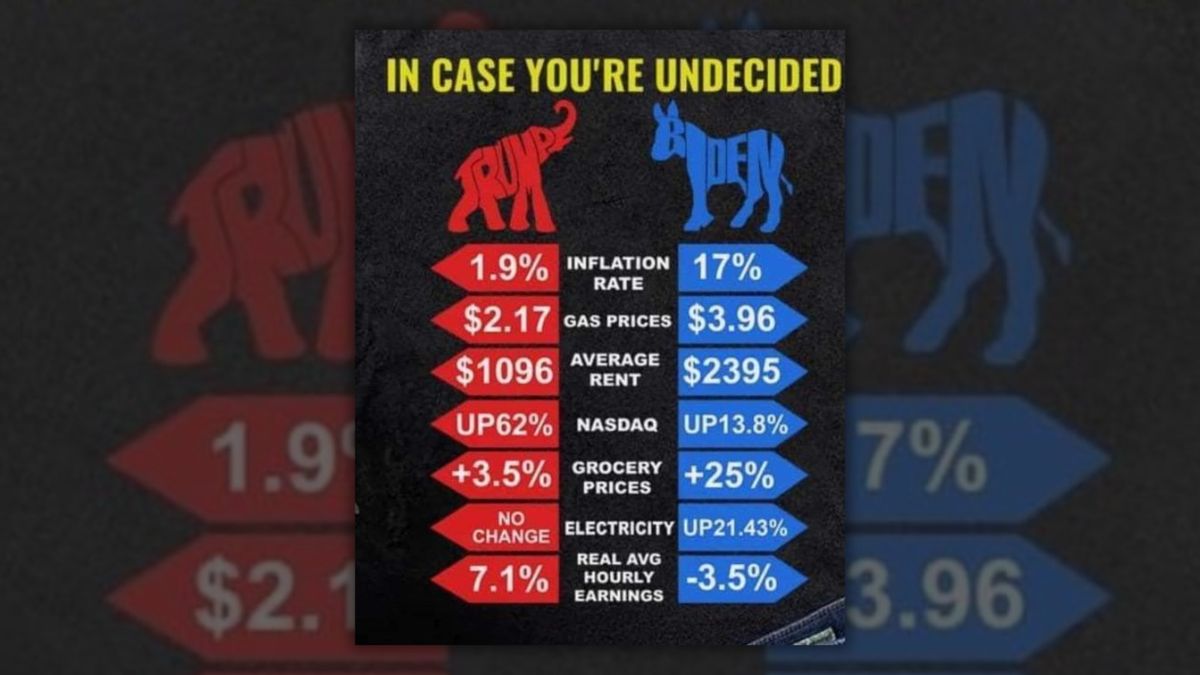Why Is Gold A Safe Haven Asset Amidst Global Trade Conflicts?

Table of Contents
Gold's Historical Performance During Economic Uncertainty
Gold has a long and well-documented history of acting as a hedge against inflation and economic downturns. Its performance during periods of uncertainty often contrasts sharply with traditional assets like stocks and bonds. The 2008 financial crisis provides a prime example; while stock markets plummeted, gold prices surged, demonstrating its ability to act as a safe haven asset.
-
Negative Correlation with the Stock Market: Historically, gold shows a negative correlation with the stock market. When stock markets decline due to economic instability or geopolitical events, gold prices frequently rise, offering a valuable counterbalance to portfolio losses.
-
Significant Price Increases During Geopolitical Instability: Numerous instances throughout history—from the Cold War to the more recent conflicts in the Middle East—show a direct correlation between rising geopolitical tension and escalating gold prices. Gold's value often increases as investors seek the security of a tangible asset during times of uncertainty.
-
Impact of Currency Fluctuations: Gold's value is not tied to a single currency, unlike stocks or bonds. This makes it a strong diversifier, protecting against the risks associated with currency devaluation during periods of global trade conflict, where currency fluctuations can be particularly volatile.
Gold's Tangible Nature and Lack of Counterparty Risk
Unlike paper assets such as stocks and bonds, which represent claims on future earnings or debt obligations, gold is a tangible, physical asset. This fundamental difference is critical in understanding its role as a safe haven asset.
-
Inherent Value vs. Fiat Currencies: Gold's value is derived from its inherent properties and scarcity, not from government or institutional backing like fiat currencies. This inherent value makes it a reliable store of wealth, even during times of economic or political instability.
-
Limited Supply: The limited supply of gold contributes significantly to its value stability. Unlike fiat currencies that can be printed in virtually unlimited quantities, gold's scarcity ensures its long-term value preservation.
-
Security of Physical Gold Storage: Physical gold storage offers an additional layer of security compared to electronic investments. You have direct control over your asset, minimizing counterparty risk associated with banks or other custodians.
Gold as a Hedge Against Inflation During Trade Wars
Trade conflicts often lead to inflation. Tariffs and trade restrictions increase the cost of goods, driving up prices. Gold has historically served as a strong hedge against inflation, effectively preserving purchasing power.
-
Impact of Tariffs and Trade Restrictions: Trade wars and protectionist policies often lead to supply chain disruptions and higher consumer prices. This inflationary environment makes gold an attractive investment.
-
Historical Performance During High Inflation: Throughout history, periods of high inflation have been consistently accompanied by a rise in gold prices. This demonstrates its ability to maintain its value even as the purchasing power of fiat currencies diminishes.
-
Gold's Price and Fiat Currency Devaluation: When a fiat currency loses value due to inflation, the price of gold tends to rise. This inverse relationship highlights gold's role as a safeguard against inflationary pressures.
Diversification and Portfolio Protection with Gold
Diversification is a cornerstone of sound investment strategy. Including gold in a diversified portfolio helps reduce overall risk and mitigate potential losses during periods of global trade conflict.
-
Low Correlation with Stocks and Bonds: Gold's price typically exhibits low correlation with other asset classes like stocks and bonds. This means that when stocks and bonds decline, gold may perform differently, reducing the overall volatility of the portfolio.
-
Risk Mitigation Strategies: Including gold in your investment strategy is a proactive step in mitigating risks associated with economic uncertainty and geopolitical instability.
-
Strategic Asset Allocation: Integrating gold into your portfolio as part of a strategic asset allocation plan helps to balance risk and return, ensuring long-term stability and wealth preservation.
Conclusion: Securing Your Future with Gold as a Safe Haven Asset
In summary, gold's historical performance, tangible nature, inflation-hedging capabilities, and its role as a portfolio diversifier all contribute to its status as a crucial safe haven asset. Amidst the increasing frequency and impact of global trade conflicts, incorporating gold into your investment strategy is a prudent step in protecting your wealth and securing your financial future. Consider learning more about investing in gold as a safe haven investment and explore ways to add this valuable safe haven asset to your portfolio to safeguard against future global trade uncertainties.

Featured Posts
-
 Can Harvard Be Saved A Conservative Professors Perspective
Apr 26, 2025
Can Harvard Be Saved A Conservative Professors Perspective
Apr 26, 2025 -
 7 New Orlando Restaurants To Explore Beyond The Theme Parks 2025
Apr 26, 2025
7 New Orlando Restaurants To Explore Beyond The Theme Parks 2025
Apr 26, 2025 -
 Harvards Challenges A Conservative Professors Analysis And Solutions
Apr 26, 2025
Harvards Challenges A Conservative Professors Analysis And Solutions
Apr 26, 2025 -
 The Zuckerberg Trump Dynamic Implications For Tech And Governance
Apr 26, 2025
The Zuckerberg Trump Dynamic Implications For Tech And Governance
Apr 26, 2025 -
 Transatlantic Ai Divide Trump Administration Vs European Ai Rulebook
Apr 26, 2025
Transatlantic Ai Divide Trump Administration Vs European Ai Rulebook
Apr 26, 2025
